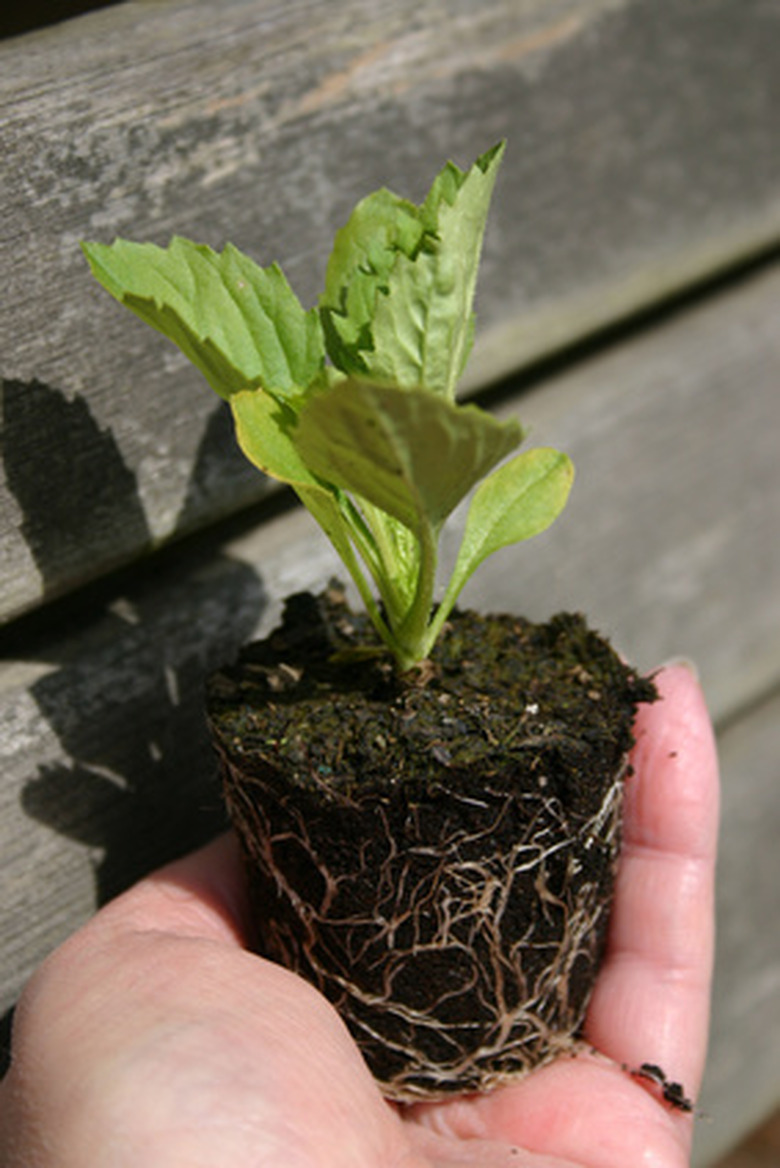Advantages & Disadvatages Of Indirect Seeding
Indirect seeding is a growing method that allows plants to grow indoors or in a greenhouse before transplantation. This method has both advantages and disadvantages over traditional growing practices.
Identification
Identification
The indirect seeding method calls for planting seeds into a flat or seedling tray instead of directly into the ground. The seeds can then germinate and mature in a controlled environment before the young plants are then transplanted to their final resting place.
Advantages
Advantages
This method of seeding gives you greater control over growing conditions, such as protecting the soil from pests or allowing the seeds to germinate in a protected environment like a greenhouse. For this reason, the success rate for indirect seeding is higher than direct seeding, and will therefore yield a greater crop.
Disadvantages
Disadvantages
Indirect seeding can potentially lead to greater expenses due to the cost of materials such as seedling trays, or possibly even maintaining a greenhouse. Indirect seeding also requires additional preparation in order to make sure that your seedlings are ready for transplantation during the correct growing season. Additionally, the young plants are at risk of transplant shock when you transplant them into a new, less-controlled environment.
References
- "Introductory Horticulture"; H. Edward Reiley, 2000
- West Virginia University Extension: Growing Organic Vegetable Transplants
